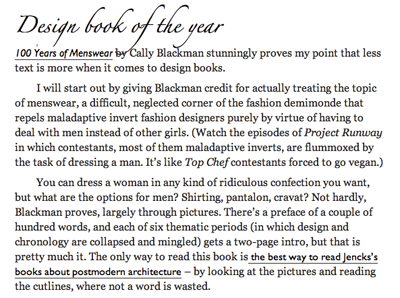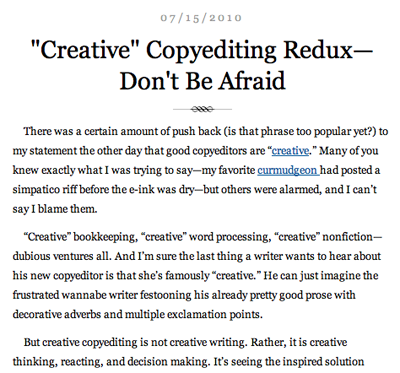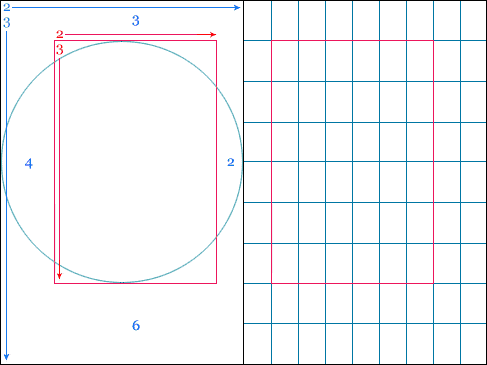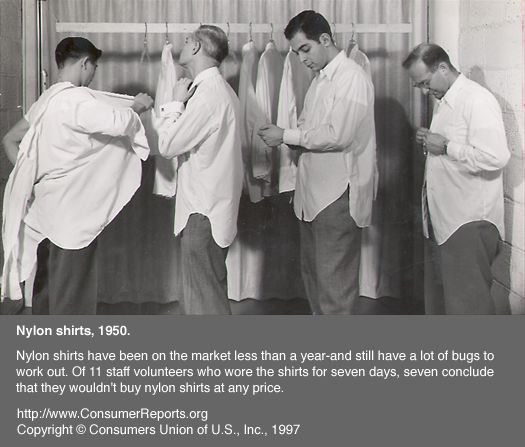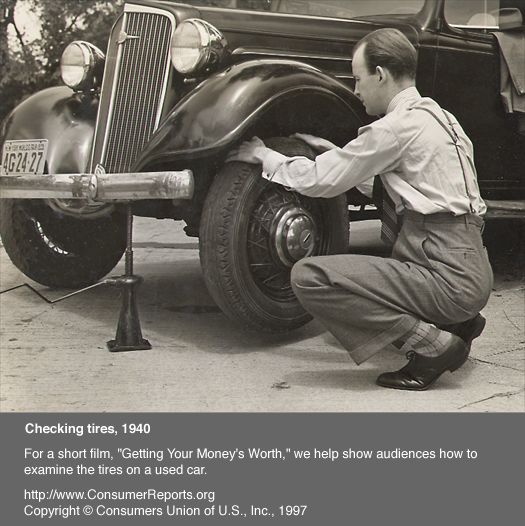Below: Q&A with Chris Wanstrath, CEO and Co-Founder of GitHub. This is part of our “Bootstrapped, Profitable, & Proud” series which profiles companies that have $1MM+ in revenues, didn’t take VC, and are profitable. Chris and Tom from GitHub have also answered reader questions in the comments section of this post.
What does your company do?
We offer public and private source code hosting to companies and open source projects using either git or Subversion. What we want to do is lower the barrier of contributing to projects, both public and private. Submitting a patch to an open source project should be about the code, not the process of submitting the patch. Working with your coworkers, either in the same office or across the world, should be about moving your project forward and not about managing clumsy tools.
We also offer git training, provide git learning materials, and sponsor open source projects.
How do you explain to “normal” folks (e.g. your mom, someone you meet at a cocktail party, etc.) what your company does?
GitHub is like Wikipedia for programmers. You can edit files, see who changed what, view old versions of files, and access it from anywhere in the world – except you’re working with source code instead of encyclopedia data. Companies use it to build software and websites, while hobbyist programmers use it to find and share projects.
The business model is simple: if you want to share your source code with everyone and make it public, you don’t pay anything. If you need to hide your source code because it’s private and runs your business, you pay.
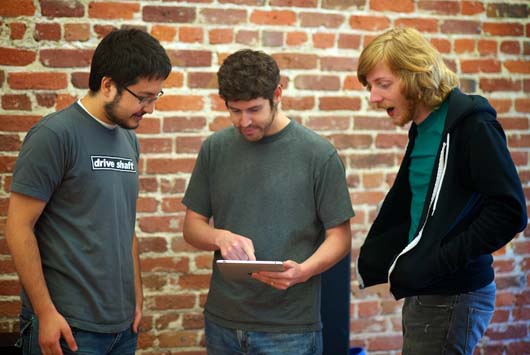
L to R: Rick Olson, Tom Preston-Werner, and Chris Wanstrath. (Photo by Dave Fayram.)
How big a part of the business is training?
Training isn’t a huge part of our revenue, but if we can make some money teaching people how to better use git then everyone wins. It’s also great to meet customers in person and develop a real relationship with them. Also, we like to send Scott Chacon (our resident git wizard) all over the world.
Sponsoring open source and git learning materials is good for the whole world, but we do that stuff because we love it. If a GitHubber wants to spend some of their time working on an open source project, that makes us very happy.
How did the business get started?
At first GitHub was a weekend project. Tom Preston-Werner and I were hanging out at a sports bar after a local programming meetup when he told me his idea for a git hosting site. It’d be a place to easily share code and learn about git, a git hub. It started more out of necessity than anything else: we both loved git but there was no acceptable way to share code with others. Tom thought I’d be interested in helping fix the problem, and I was.
We began meeting on Saturdays to build the site piece by piece. We’d grab brunch, talk about ideas we had for the site, then get to work. Tom would design pages or features and I’d implement them. As soon as the basics were in place we started using GitHub at my day job, a startup I had cofounded with PJ Hyett. It was a great way to improve the site, as PJ and I were using GitHub daily and really getting a feel for what was missing and what was working.
One thing Tom had learned at his previous venture, Gravatar, was that offering a resource intensive service for free was a losing proposition. In that case it was high traffic image hosting, but in GitHub’s case it was git hosting. Storing and transferring code was going to stick us with a large server bill. We needed a way to recoup costs.
With that in the back of our minds, we launched a free public beta for our friends. The site immediately started taking off. You could create public or private repositories for free and people were starting to use the site for their business’s code – not that surprising considering PJ and I were doing the same thing. Soon, however, we had people emailing us asking how they could pay for private repositories.
At this point we realized GitHub could probably do more than just recoup costs. It could be a real business. We decided to continue to offer unlimited public repositories for free, but we’d charge for private repositories. In other words, we’d charge the people asking to be charged.
PJ became a cofounder of GitHub and we stopped working on our startup. GitHub was now our startup. The three of us launched the site officially on April 10th, 2008 and have been running the business ever since.
Continued…

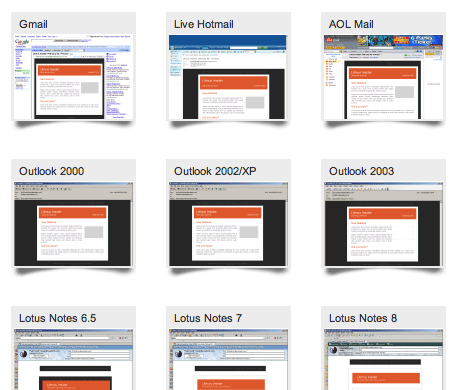
 We have a handful of competitor’s doing a similar thing. For a couple of years we watched them closely and tried to keep up with them in terms of features. It felt like there were things we “had” to have, in order to be comparable. That was wrong. What Moore discusses is being competitive by innovation, not by keeping up on features. It’s similar to your own ideas about underdoing the competition.
We have a handful of competitor’s doing a similar thing. For a couple of years we watched them closely and tried to keep up with them in terms of features. It felt like there were things we “had” to have, in order to be comparable. That was wrong. What Moore discusses is being competitive by innovation, not by keeping up on features. It’s similar to your own ideas about underdoing the competition.